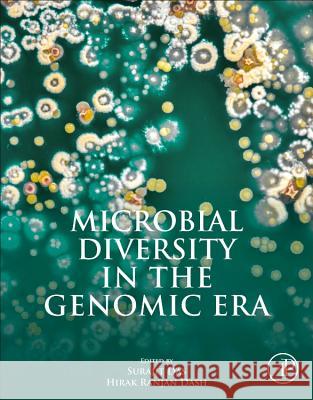Microbial Diversity in the Genomic Era » książka
topmenu
Microbial Diversity in the Genomic Era
ISBN-13: 9780128148495 / Angielski / Miękka / 2018 / 710 str.
Kategorie BISAC:
Wydawca:
Academic Press
Język:
Angielski
ISBN-13:
9780128148495
Rok wydania:
2018
Ilość stron:
710
Waga:
1.98 kg
Wymiary:
27.69 x 21.59 x 3.56
Oprawa:
Miękka
Wolumenów:
01
Dodatkowe informacje:
Bibliografia
Wydanie ilustrowane
Wydanie ilustrowane











